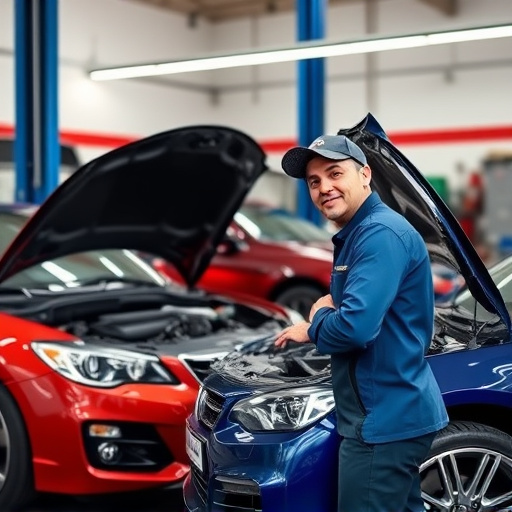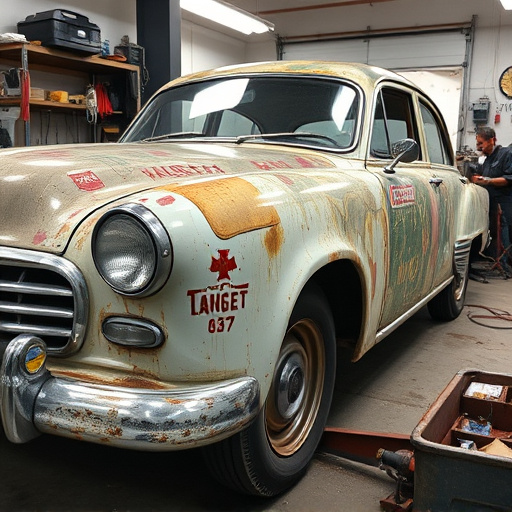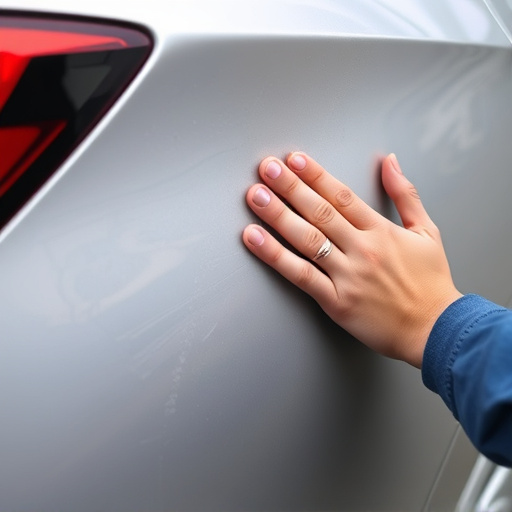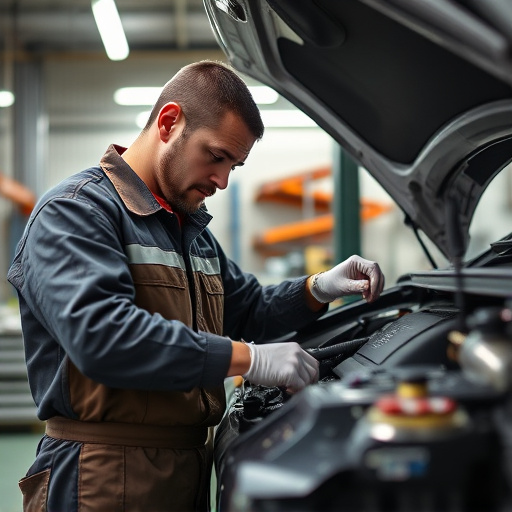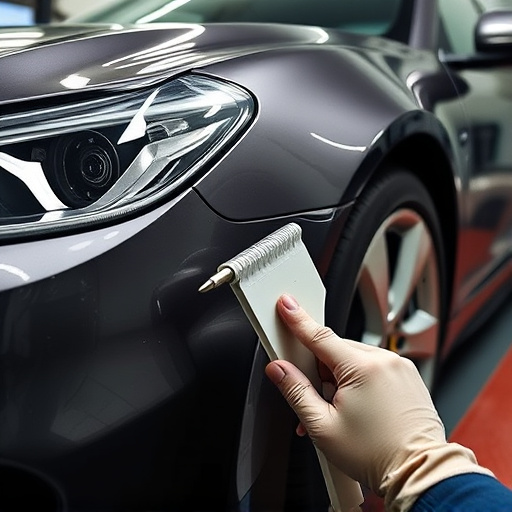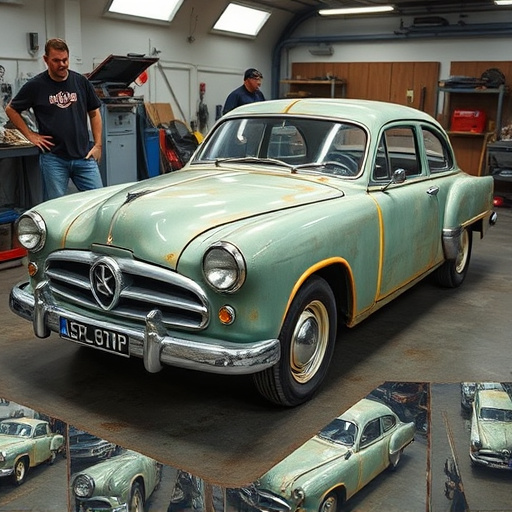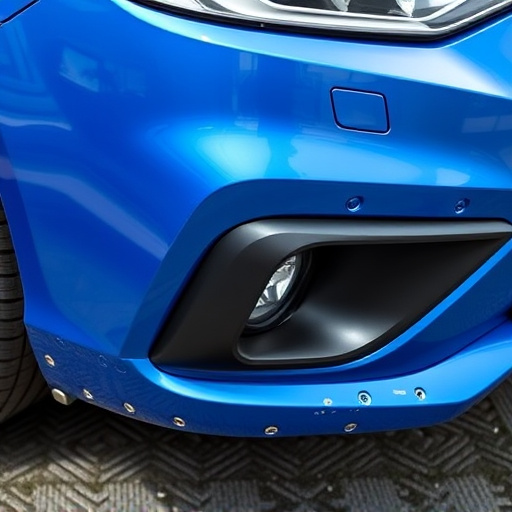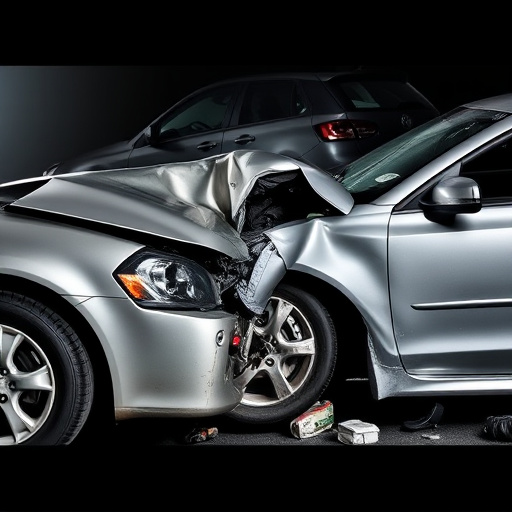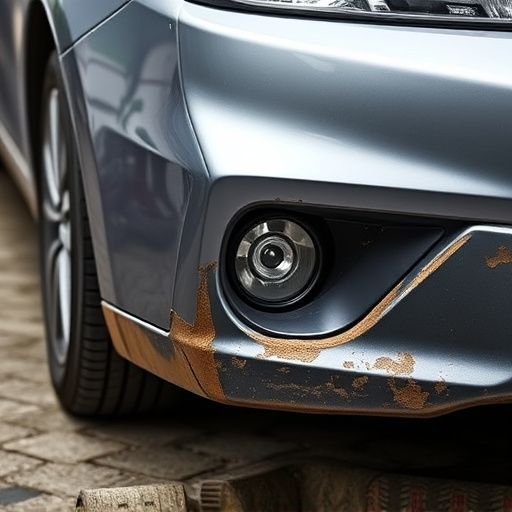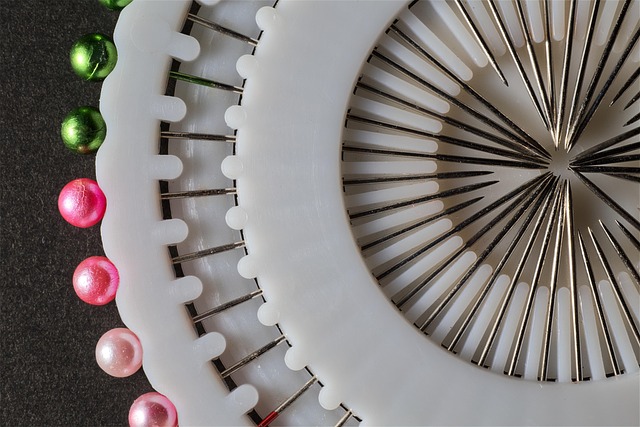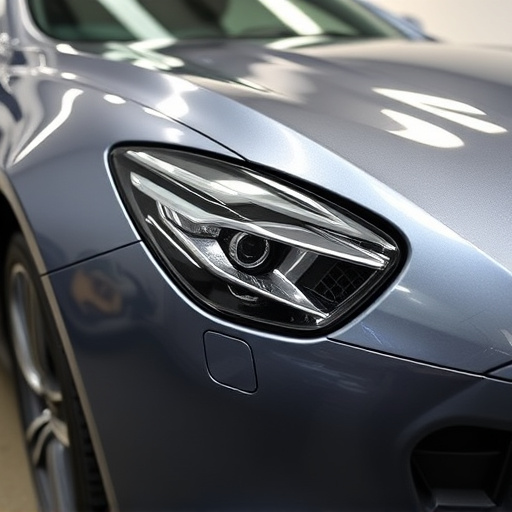Unibody frame repair, a critical automotive maintenance sector, is undergoing significant transformation driven by technological innovations such as robotic welding, laser technology, digital measurement tools, and 3D printing. These advancements promise faster, more precise, and eco-friendly repairs, reducing waste and carbon emissions while enhancing structural integrity. Modern auto repair facilities are adopting advanced techniques like laser cutting and precision robotic welding to streamline operations, reduce costs, and contribute to a more sustainable automotive industry.
Unibody frame repair is transforming the auto industry, offering enhanced safety and structural integrity. This article delves into the future of unibody frame repair, exploring both technological advancements and their environmental benefits. We analyze the current state, challenges, and innovative solutions, providing insights into how these repairs are revolutionizing vehicle manufacturing and maintenance. From precision welding to advanced materials, discover how modern practices mitigate economic and ecological impacts while ensuring stronger, lighter, and safer vehicles.
- Understanding Unibody Frame Repair: The Current State and Challenges
- Innovations in Technology for Advanced Unibody Frame Repair
- The Environmental and Economic Impact of Modern Unibody Frame Repair Practices
Understanding Unibody Frame Repair: The Current State and Challenges
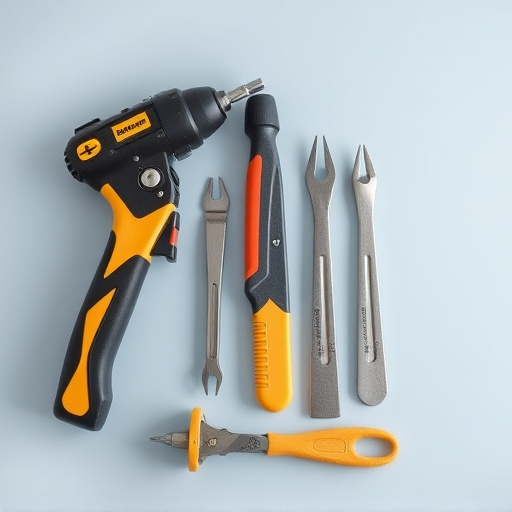
Unibody frame repair is a critical aspect of modern automotive maintenance and has become increasingly important as vehicles evolve with lightweight materials and advanced designs. This process involves restoring structural integrity to a vehicle’s frame, which is the backbone of its safety and handling. Currently, the market for unibody frame repair services is significant, especially in regions with a high density of car body shops and auto collision centers. These facilities play a vital role in ensuring vehicle safety and quality after accidents or routine maintenance.
However, the current state of unibody frame repair faces several challenges. One major hurdle is the complexity of modern vehicle designs, which often incorporate intricate and interconnected components. This complexity requires specialized tools and expertise to accurately align and adjust the frame without compromising structural integrity. Additionally, as vehicles become more eco-friendly with lightweight materials, repairing versus replacing certain parts poses unique considerations. Vehicle repair services must adapt to these changing dynamics, investing in advanced equipment and training their staff to handle intricate unibody repairs efficiently and safely.
Innovations in Technology for Advanced Unibody Frame Repair
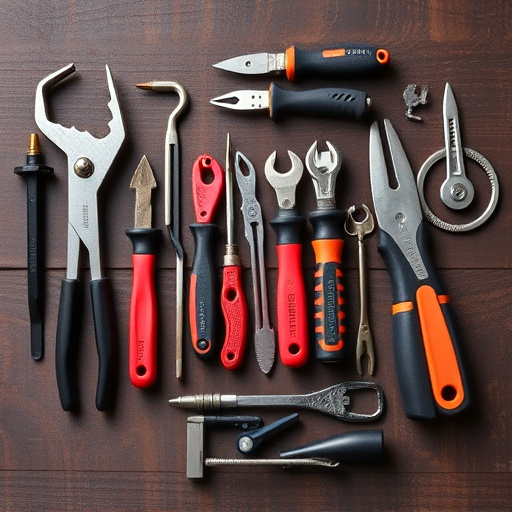
The future of unibody frame repair in the auto industry is being reshaped by technological advancements that promise faster, more precise, and cost-effective solutions. Innovations such as robotic welding systems and advanced laser technology are revolutionizing the way vehicle repairs are conducted. These technologies not only enhance accuracy but also reduce repair times significantly, ensuring that cars get back on the road in record time while maintaining structural integrity.
Additionally, digital measurement tools and 3D printing are emerging as game-changers in unibody frame repair. Digital scanning allows for precise mapping of vehicle frames, facilitating more accurate frame straightening and alignment. 3D printing further enhances the process by enabling the creation of custom parts on demand, reducing waste and improving overall efficiency. These technological breakthroughs not only contribute to a more sustainable auto industry but also elevate the standards of vehicle repair, ensuring safer and more reliable transportation for all.
The Environmental and Economic Impact of Modern Unibody Frame Repair Practices
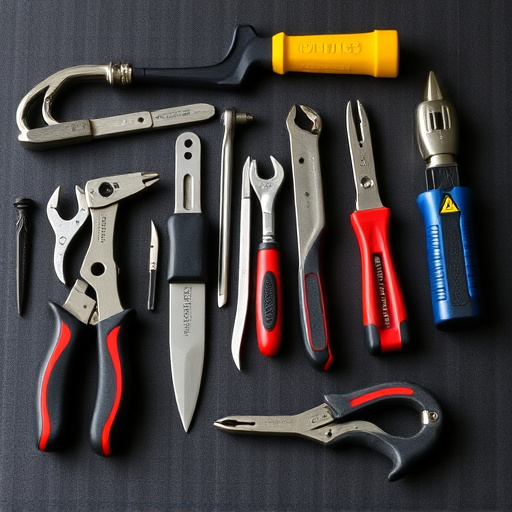
The environmental and economic landscape of unibody frame repair in the auto industry has undergone a significant transformation with modern practices. Traditional methods often involved extensive welding and metal fabrication, leading to substantial waste generation and high energy consumption. However, contemporary car body shops have embraced more sustainable techniques, such as advanced laser cutting and precision robotic welding, which minimize material wastage and reduce carbon emissions. These eco-friendly practices not only contribute to a greener environment but also offer economic benefits by lowering operational costs for both repair facilities and consumers.
The shift towards efficient unibody frame repair has profound implications for the industry. By adopting modern technologies, car body shops can streamline their operations, decreasing turnaround times and increasing capacity. Moreover, reduced material waste translates into lower overhead expenses, allowing businesses to offer competitive pricing without compromising quality. This dual advantage of sustainability and cost-effectiveness positions unibody frame repair as a sustainable and economically viable option in the auto sector.
Unbody frame repair is evolving rapidly, driven by advancements in technology and a growing focus on sustainability. As the auto industry navigates the transition to electric vehicles and stricter safety standards, innovative techniques like laser welding and automated robots are set to redefine precision and efficiency in unibody frame repair. These developments not only enhance vehicle structural integrity but also reduce environmental impact through minimized material waste and energy consumption. Embracing these modern practices is crucial for the industry’s future, ensuring safer, more eco-friendly, and economically viable vehicles on our roads.
